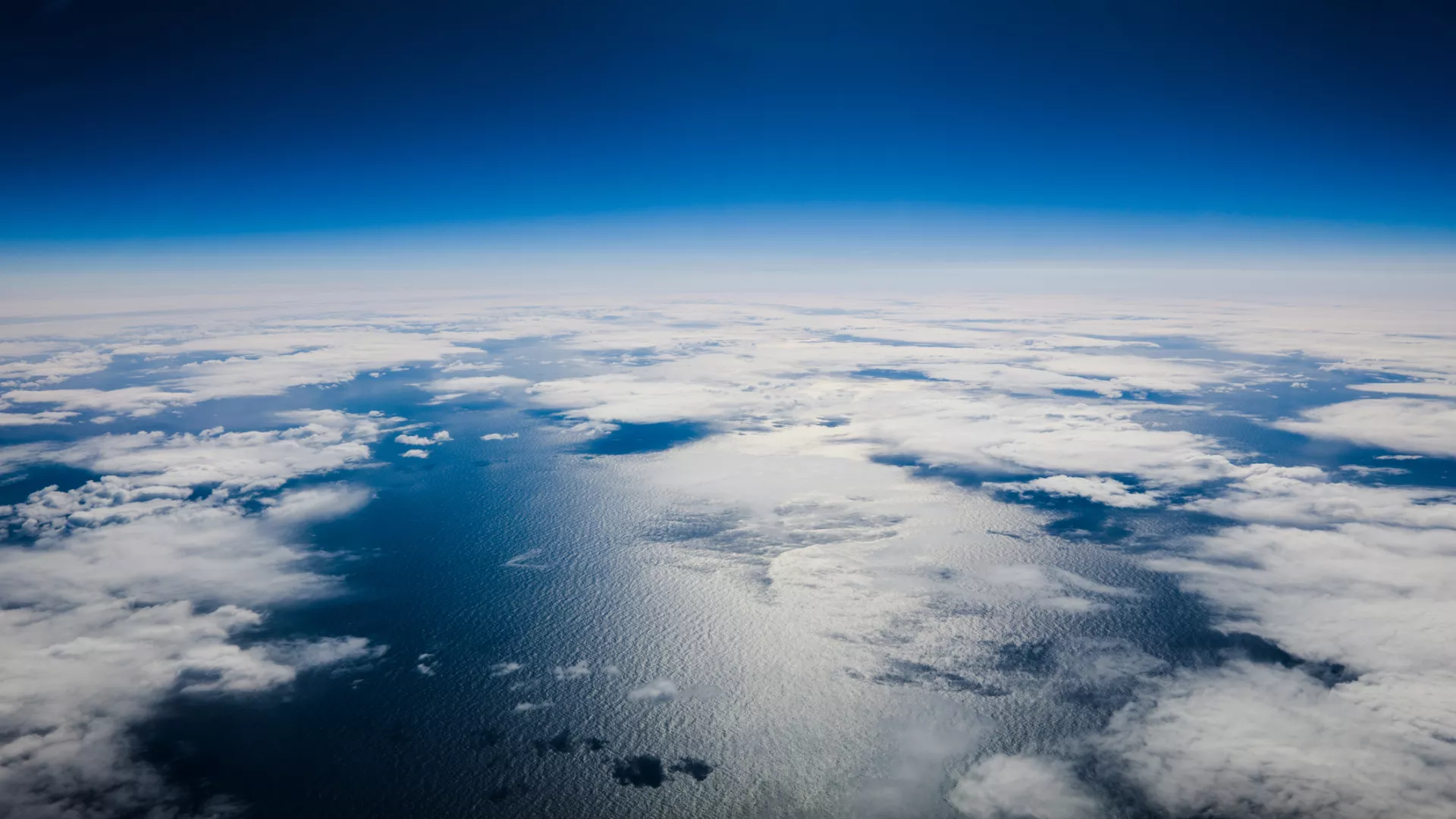Abstract:
Coupled fire-weather models are crucial in forecasting and researching wildfire spread and its associated impacts on society and the environment. Here we look at the factors and configurations that result in accurate predictions of wildfire burned area, fire radiate power (FRP), smoke injection heights, and Pyroculumus formation in two cases, the 2019 Williams Flats Fire and the 2020 Creek Fire. For the Williams Flats Fire, accounting for containment lines made the biggest difference in accuracy, but including satellite derived fuel moisture maps, containment lines, and increased fuel density tables together made the most accurate simulations, beating persistence forecasting in burned area by an average of 30% over a 5-day forecast. Phase differences between WRF-Fire and observed diurnal cycles were found to be related to the lack of dynamic fuel moisture modeling in our simulations. Smoke injection heights simulated by WRF-Fire were found to underestimate observed aircraft lidar measurements from the NASA/NOAA FIREX-AQ field campaign and recently developed Weather Surveillance Radar-1988 Doppler products likely due to inaccuracies in simulated surface moisture predictions in WRF-Fire. This was partially alleviated at higher vertical resolutions and with a newly developed canopy burning model. Despite the underprediction, WRF-Fire was able to simulate Pycrocumulus clouds at approximately the right times. For the 2020 Creek fire, accurate simulation of Pyrocumulonimbus cloud heights (~15.5 km) depended on accounting for canopy burning and the increased fuel density and fuel depth at the surface associated with bark beetle mortality in the region. Fuel depth had to be raised well above average values reported in the literature, suggesting the possible impact of deeper burning fires or fuel bed disturbance under extreme convective conditions such as the fire tornadic vortices that were formed during the fire. Results also indicate that instantaneous burned area size on the intense fire front showed the most correlation with FRP and smoke injection height, which all increased day over day owing to the strong fire-weather feedback.

